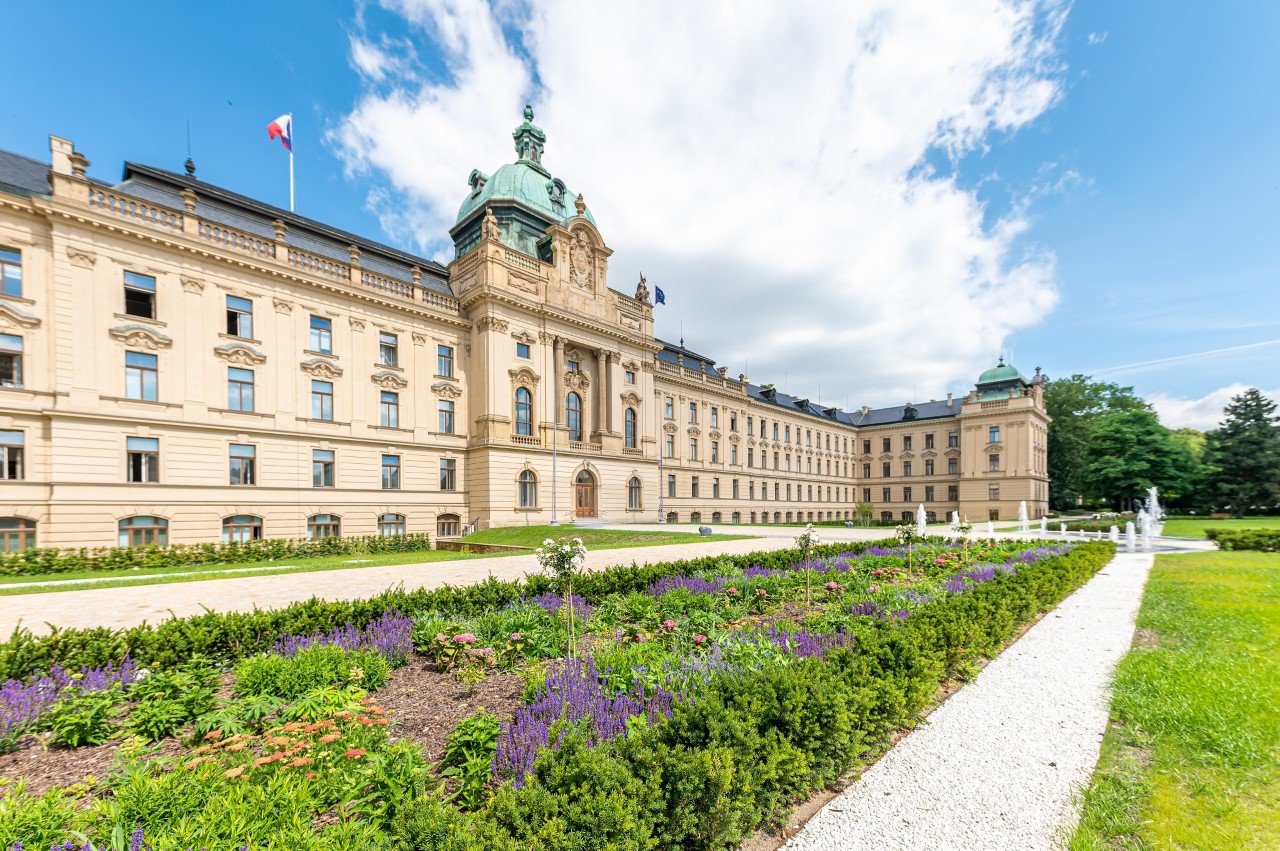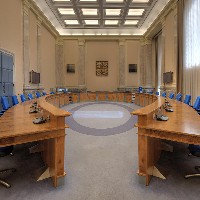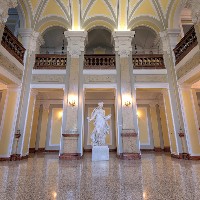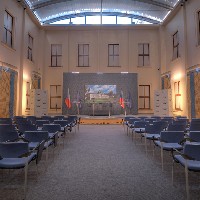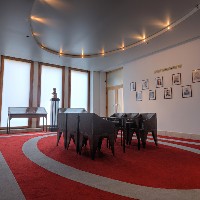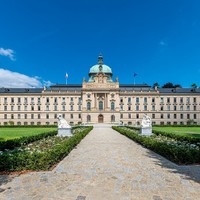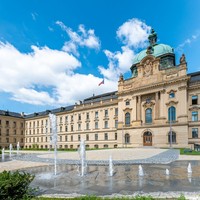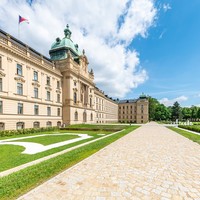Breadcrumbs navigation
Straka Academy and Gardens (Strakova akademie)
This majestic neo-Baroque building - the seat of the Czech government and the Office of the Government - is known to the public as the Straka Academy. After its completion in 1896, it served as a student dormitory for impoverished children of Czech noble families, per the wishes of Count Jan Petr Straka. After WWII, it was confiscated for the needs of the Czechoslovak government and since 1993, the Straka Academy has been the seat of the government of the Czech Republic. The property also has an extensive garden.
- Monuments & Architecture
- palace
- garden
- tour
Opening hours
GARDEN
|
8 May – 14 October |
Sat | 10:00 - 18:00 |
Interiors open to the public on Open Days only.
Contacts
- Straka Academy and Gardens (Strakova akademie)
- nábřeží Edvarda Beneše 4
- 118 01 Praha 1 – Malá Strana
Object history
In 1710, count Jan Petr Straka, lord of Nedabylice and Libčany, stipulated in his last will that after his family dies out, the family property is to be used for educating young men from the insolvent nobility. The last heir of the property died in 1769, yet it took more than 100 years for the testator’s wish to come true. A land plot of 17,000 m2 was selected for the new institution on the left bank of the river Vltava near Klárov. There used to be a garden here in the 15th century, with a well with healing water. The garden was owned by the Jesuits in 1600, and later a small church was built here, dedicated to St. Michael, demolished in 1786.
The money from the Straka Foundation was used to build a monumental new-Baroque palace in the years 1891 - 96 according to a project of architect Václav Roštlapil. The builder Quido Bělský was entrusted with the construction. The extensive object was 3 storeys high, it was 160 m long, and it also had a garden. The central advanced part of the building is topped by a dome, with the side facing the Vltava river decorated by two stone allegoric statues of Patriotism and Devoutness by Josef Maudr. Rich interior stucco decoration was made by sculptor Celda Klouček, and painter Emanuel Dítě also participated in the decorations. There was a boarding house and a grammar school with Czech and German departments. Poor pupils were selected for study by an audition, others paid for the stay partially of fully, and later also the boys of a burgess origin were allowed to study here. During the first school year, there were 26 students here; later on it was around 60. The equipment was luxurious, given the time. There were bedrooms, a chapel and study rooms on the first and the second floors; the staff lived on the ground floor, where also the operational offices and studies with teaching aids were located. The students could use an assembly hall, a dining hall, a covered swimming pool, summer and winter gyms, a fencing hall, a hospital, a dancing hall, St. Václav Chapel, and there even was a prison for those who broke the institution’s rules. It was the very first building in Prague to be equipped by central heating.
In 1920, the Constitution of the new Czechoslovak Republic abolished all nobility titles as well as any privileges of ancestry, and so the Straka Academy was handed over to the university students as an Academic House. There was an extensive library here (over 73,000 volumes in Czech and other languages), and a reading room (over 1,600 magazines in 25 different languages of the world), two dancing halls, a large restaurant and café, and it was the seat of the Central Association of Czechoslovak Students and Detvan, the Association of Slovak Students. A medical treatment room was available, lots of periodicals were printed here, lectures were held here and meetings with prominent personalities were organized here. The Academic House provided the students with discounts for all the Prague theatres, concerts, cinemas, spas, trade fairs and exhibitions, as well as for student bookstores. There was an all-student archive on the premises, and a museum depicting student life over the past 100 years. In the garden, there was a running track, a tennis court, covered ring and a volleyball court. As early as in the era of the first republic, the state authorities started to gradually settle this place, like the ministry of supplies, ministry of national defence, and from 1934 on the statistical office. During occupation, the building was taken by the Nazis, the protectorate government had its seat here, as well as the imperial court from 1942 on. During the occupation, extensive adaptation of the building started, so that it would suit the administrative needs, according to a project of architect Ladislav Machoň. In May 1945, the building was selected as the seat for the office of the first post-war Government of the National Front of the Czechs and the Slovaks, and later on, all the subsequent governments of the Czechoslovak Republic, and of the Czech Republic after 1993, had their office seats here.
In 1997, a marble memorial plaque was unveiled again on the building, depicting a part of the broadminded last will of count Jan Petr Straka.
Information source: www.vlada.cz
